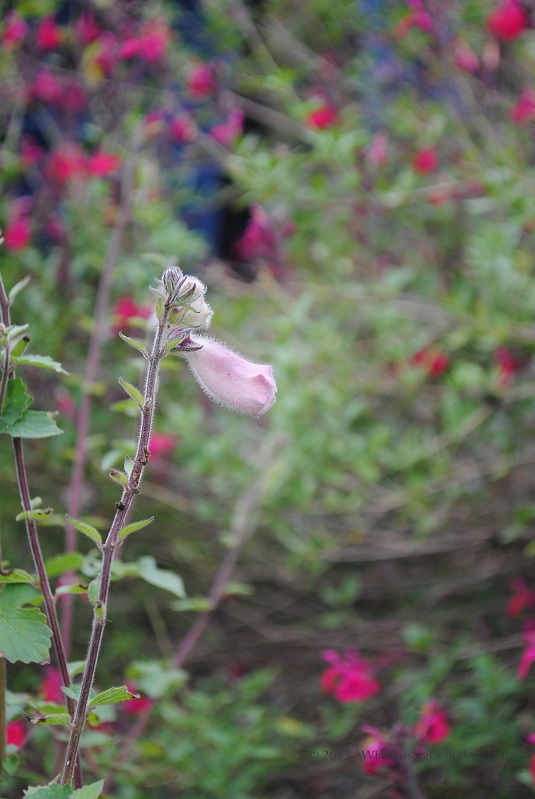I visited a garden center the other day that had a very humble water garden–just 4 x 4 timbers stacked into a large box, basically, and lined with EPDM rubber. But water gardens enchant us, regardless of design.

This simple water garden was constructed by layering 4 x 4 posts, installing a pond liner, securing it to the top post, and covering the rim with 1 x 4 trim.
It wasn’t the aesthetics of the garden that appealed to me, but the simplicity of the construction. Water gardens don’t have to be elaborate, in-ground structures with lots of expensive stone work and magnificent waterfalls. Just about anyone can build a box like this, and the height makes it safer and more accessible. While the fountain the nursery used doesn’t suit my personal style, I could easily envision other options to keep the water aerated.
What I really loved, though, were the plants on display.

Water lettuce (Pistia stratiotes)
Water lettuce (Pistia stratiotes) is a floating aquatic plant. I find its almost succulent, fuzzy leaves charming, but it’s a plant to be cautious with. It’s not on the US Federal List of Noxious Weeds, but it is problematic in Florida, South Carolina, Puerto Rico, and a few other locations. It can rapidly cover lakes and as a result, may hinder boat navigation and reduce oxygen levels in the water. In a small water garden, a few plants can provide cover for fish and landing spots for insects. If they reproduce too rapidly, compost them. Never dispose of them in bodies of water or in sewers.
Water hyacinth (Eichhornia crassipes), as lovely as it is, can be a real nuisance.

Water hyacinth, Eichhornia crassipes, can be a dangerous weed if it gets into natural bodies of water.
Water hyacinth is also a free-floating plant. It is not cold-hardy, dying off at 54 F (12C), but it grows quickly, doubling in population in less than a week. To combat the problem this plant poses in tropical climates, some artisans use water hyacinth to weave baskets that get sold in tony home stores. The downside of this lemons-to-lemonade approach is that the baskets get marketed as being made from a “rapidly renewable resource,” implying a sustainability that isn’t really genuine. A market for what is essentially a recycled waste product is wonderful, so long as it doesn’t encourage people to grow more of the stuff.
Many more wonderful water plants exist, most obviously water lilies and lotuses, but because it’s the end of the season they weren’t on display and I don’t have photos of them.
If you’re toying with the idea of installing a water garden in the upcoming growing season, consider some ways you can use water plants responsibly.







